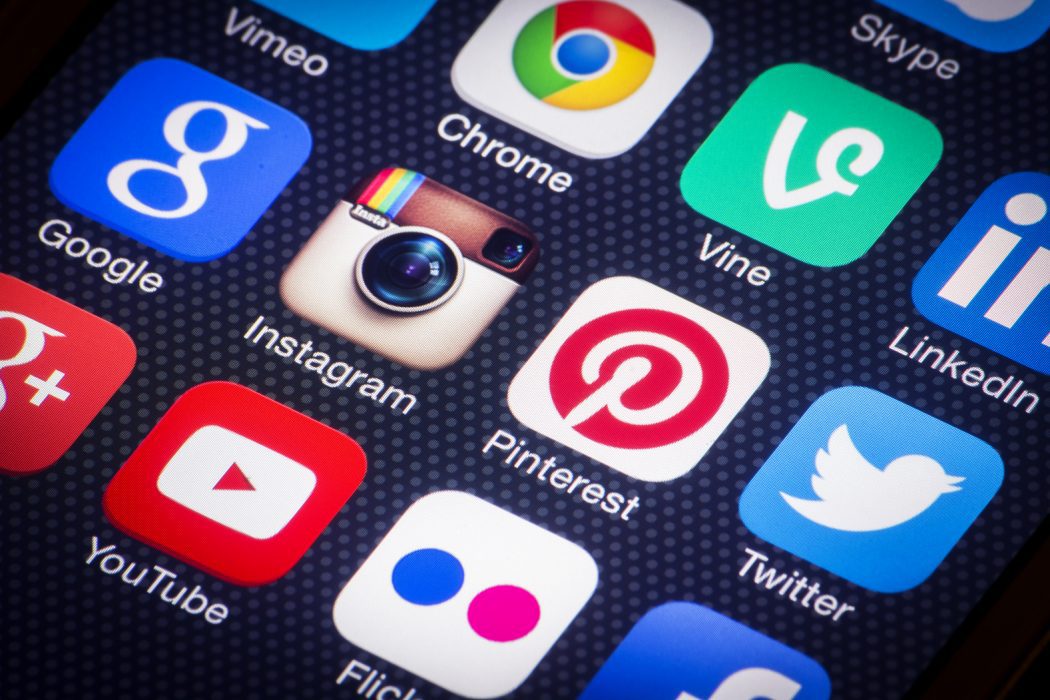With the rise of social media, the consumer instead of being a mere spectator, plays the dual roles of analyzer and producer of content, says Sohini Kumar.
In the 21st century, Internet culture has transformed much of the world – and been criticised even more. Social media is considered vapid and ephemera by many, and criticised for dominating people’s lives with no positive impact whatsoever. Such views are limited and conservative. Consider journalism, an area where a Facebook post or tweet is often denigrated in comparison to a physical newspaper.
Social media actually bypasses the limitations of print media and mainstream journalism in varied ways; by not being confined to conventional boundaries of institutionalised spaces, social media reportage engages (as postcolonial studies note) with the persistence of racial or ethnic categories within digital spaces and how identities evolve in such space.
Since social media relies on user generated content and data collation first occurs on an individual level, without necessary affiliation with the state or mainstream media houses, the platform offers an elevated freedom of expression which journalists in print media lack due to impositions from various quarters. Consequently, social media can evade government restriction of information; user generated content can generally ignore state censorship, since the sharing is done on an individual level before being disseminated to a larger audience by the tools of sharing, tweeting or reposting. Hence, social media can provide additional information on contentious issues that mainstream media refrains from covering, ranging from the violation of civil rights in Kashmir to the Burkini ban to student movements across the country and beyond.
A key change that social media has enacted is its removal of the previously existing barriers (especially financial ones) that kept common people from communicating efficiently with the masses. Such voices now find audiences both local and global, resulting in a shift among much of the populace from general disengagement to empathy to outrage to even taking to the streets, resulting in anything from mass petitions to group protests to actual revolutions.
Besides allowing common people to engage in debate globally over political and humanitarian issues, social media allows artists a broad forum via which to spread their message and achieve a widespread impact.
For example, photographer Matt Black, who is known for his work on poverty and migration, puts a face on human suffering via his Instagram feed through geotagged photos linked to census data.
At the very least, social media allows such users to make these problems visible, which is a first step towards finding solutions. With the eliding of conventional boundaries, there has been a sharp rise in solidarity movements over recent years. Kolkata-based photographer Ronny Sen’s documentation of the Hokkolorob movement (a response from students of Jadavpur University, protesting the molestation of a student that the authorities were trying their best to sweep under the rug) contributed significantly to it gaining support both nationally and internationally.The power of user-generated content alone increased solidarity to the extent where a hundred thousand people from all walks of life marched to the governor’s office in Kolkata, demanding the resignation of a Vice Chancellor who had ordered the state police and some goons to assault students within the University premises.
A similar incident followed after the suicide of a Dalit student, Rohith Vermula, following caste-based discrimination against him from the University of Hyderabad. Students across the country protested on and off the streets, using social media to mobilise and highlighting the persisting issue of casteism in modern India.
In social (as opposed to traditional/print) media, instead of being a mere spectator, the consumer plays the dual roles of analyzer and producer of content. User generated content, despite its limitations, offers a certain transparency; since content generation is generally not previously coordinated between its creators, each user offers a firsthand narrative of the issue. When people take pictures on their smartphones and share their own thoughts on the issue in concern, they are far less likely to be expressing official propaganda.
Correspondingly, social media is not prone to the stereotypical representations of minority groups which have long been practiced by mainstream media. This is a direct effect of the intimacy of online reportage – where eyewitness or survivors’ narratives put faces on masses. They make the people of conflict spaces, such as Kashmir or Palestine, appear just like any of us, only in tremendously unfortunate circumstances. Instead of reporting on wars between the state and its people with a sweeping scope like print media usually does, social media narratives mostly take a more personal approach: showing how individuals in those zones are affected, what is happening to the youth, how schools are shut down, and so on.
Local issues gain an international audience, and vice versa, via the power of viral sharing, which in turn aids movements in gaining ground. Collective intelligence and participatory culture also allow ideas or strategies employed far across the world to be adapted locally for similar problems back home.
Recently the heartbreaking image of Syrian boy Omran, awaiting help in an ambulance after a bombing in Aleppo, struck a nerve across social media. One cannot expect immediate changes due to social media; but, in the past decade, it has noticeably raised collective awareness. In our country, we now have a running dialogue about Kashmir and its issues, thanks to the mobilization on social media by conscientious people.
Crucially, social media provides a space for Other narratives—new narratives that are not driven by propaganda, that emanate from the common people, that are more diverse and inclusive. Platforms like Facebook and Twitter lend a voice to those the mainstream media insists on silencing to suit the dominant narratives; such platforms have enabled pluralized voices to be heard, and have changed the way individuals choose to (and can) represent themselves. Identities evolve far more freely within digital spaces, less restrained by factors such as social or familial pressure and in the security of relative anonymity.
Stereotyping or misrepresentation is harder in a space where real time updates from eyewitnesses or survivors of resistance movements and conflict spaces bridges the gap between them and the audience. With mainstream media less able to alienate people in conflict spaces, consumers become more familiar with them as people, which in turn causes empathy and leads to mass protest against state atrocities. User generated content can evoke outrage at injustice in a way that traditional, impersonal reportage fails to. Furthermore, it can increase empathy within and across cultures, creating a united front against the oppressive state practices.Due to the advent of social media reportage and collaborative journalism, the marginalised has been represented better in the past few years, although it is an uphill battle, and the digital space is not yet free of cultural oppression.
Another significant effect of social media is getting the youth involved. Millennials who prefer having news delivered via smartphones, instead of traditional print media or 7 pm news, are actively using the aforementioned platforms to increase awareness among their peers and to mobilise people into action, whether for demonstrations for a cause or for fundraising to help survivors of a natural disaster. For example, the Nepal Photo Project (led by photographer Sumit Dhayal, assisted by a network of other photographers like Nayantara Gurung Kakshapati, Bhushan Shilpakar, Saagar Chhetri, Kishor Sharma and Shikhar Bhattarai), hosted on Facebook and Instagram, intimately covered the aftermath of the 7.8 magnitude earthquake that struck Nepal in 2015. They helped locate missing people via the tools of instant visual representation and widespread sharing; they also helped raise global funds to help the thousands of displaced people. Tara Bedi, the writer leading the Nepal Photo Project, stated that it was much more personal than a news wire feed, that the photographers had the freedom to express themselves in real and humane ways (as opposed to mainstream media reportage), and that viewers connected to that, since empathy increases audience involvement.
Social media, like all human inventions, comes with its own limitations—problems like limited (or no) verification of information, possibility for hoaxes or manipulation of sources, overly subjective reporting, and lack of accountability, are much more likely in the medium.
But in an age where it is virtually impossible to exclude the digital from our lives, and where social media mediates a considerable portion of our identities, ideally both the traditional forms of journalism and the social media generated, user oriented, participatory forms should co-exist, filling the gaps in each other in a constitutive duality of production and consumption.
With its relative lack of normative restrictions and non-alienating approach, social media has brought dynamism to journalism, attempting to empower the marginalized by creating a space for collaborative and responsible journalism that is inclusive of narratives beyond the dominant ones. Consequently, the divide between storytellers and audiences is becoming increasingly tenuous, and we are closer to a mode of representation that accurately reflects its corresponding socio-cultural environment. These days, revolutions can happen through memes and tweets.














